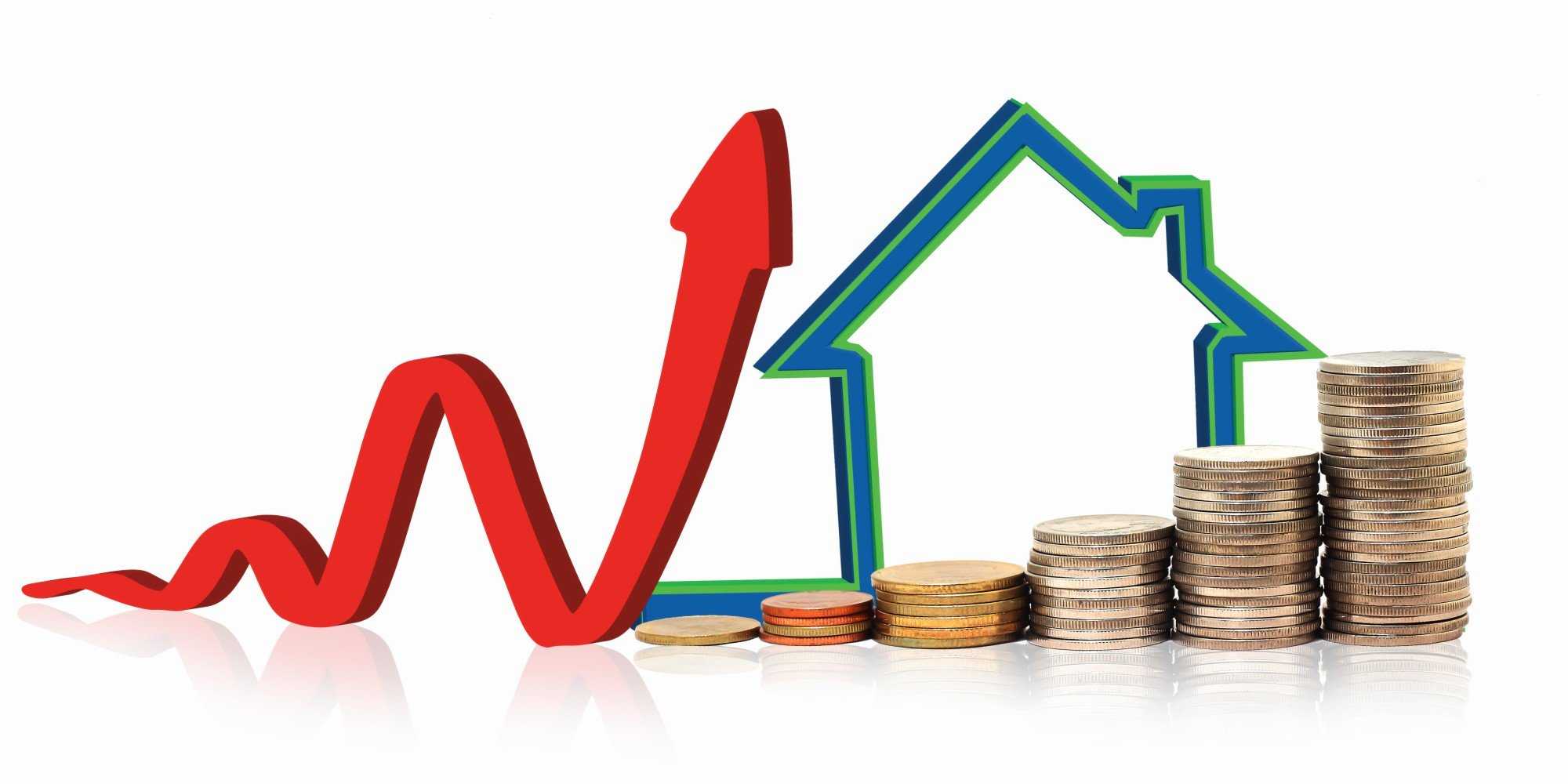BY: JAY BRIJPAUL
We, as humans, are predictable. We have a crowd mentality. Many of us follow the follower when it comes to big decisions. Home prices have dropped over the last six months, creating a panic mode. Many sellers are willing to accept far less money compared to a year ago. Most buyers are sitting on the sidelines watching the action. The market, however, is like a pendulum, and when it turns prices will begin to climb.
Home prices in the GTA went up over the last two years because of local speculators. Foreign buyers accounted for less than 5% of all homes purchased in the GTA. With government interventions, the prices dropped and the speculators began to dump their inventories. Stringent mortgage rules such as the mortgage stress test, combined with interest rate hikes, resulted in buyers qualifying for less. Their buying power dropped and the condo market took off. More expensive properties remain on the shelves. With a growing inventory of unsold homes, housing affordability has improved for the first time in two years.
Luxury home prices will continue to drop because of higher carrying costs. The shifting market will result in more buyers, and prices will climb again, but at a much slower pace than the past two years. In 2018, over fifty thousand new immigrants will choose the GTA as their home, creating a demand for housing. This trend will continue because of Canada’s immigration policy.
Over the past decade, home prices went up by 69% while income went up by only 23%. The cost of living is at an all-time high. With the digital era, it is far easier to spend but good jobs are hard to find. Students are neck deep in debt and save very little. It is easy to see why homeowners, especially millennials, will look at ways to reduce their mortgage payments.
There is a large disparity between household income and home prices. The only solution is to increase the traditional amortization of a mortgage from twenty-five years to thirty years. This will slash monthly payments by 10% but in the long run, it will cost the homeowner about 20% more in interest payment. The lower mortgage payment will help in tough times and more buyers can afford to buy. An increase of buyers will cause prices to climb.
The new stress test implemented in January was designed to remove high-risk borrowers from the marketplace and stabilize home prices, to an extent. A thirty-year amortization will allow more of these buyers to qualify and create an upward pressure on homes.
The future is predictable. Home prices will continue to climb at a faster rate than income. More borrowers will opt for longer amortization and many homeowners will choose home equity line of credit with interest only payments. Some buyers will choose to move to smaller towns where home prices are more affordable while the majority will remain in the GTA.
It is one of the best times for buyers to move up. Smaller more affordable homes buyers currently own will fetch a premium while the larger homes buyers want to purchase will come down in price substantially. The first step is to get prequalified and then to shop around. Spring is the best time to shop because that’s when most sellers put their homes up for sale.
Toronto is a world-class city and home prices will continue to climb. Compared to other world-class cities, our prices are relatively cheap. The basic truth is that the demand for housing will always outpace supply. According to Franklin D. Roosevelt “Real estate cannot be lost or stolen, nor can’t be carried away. Purchased with common sense and managed with reasonable care, it is about the safest investment in the world.”

